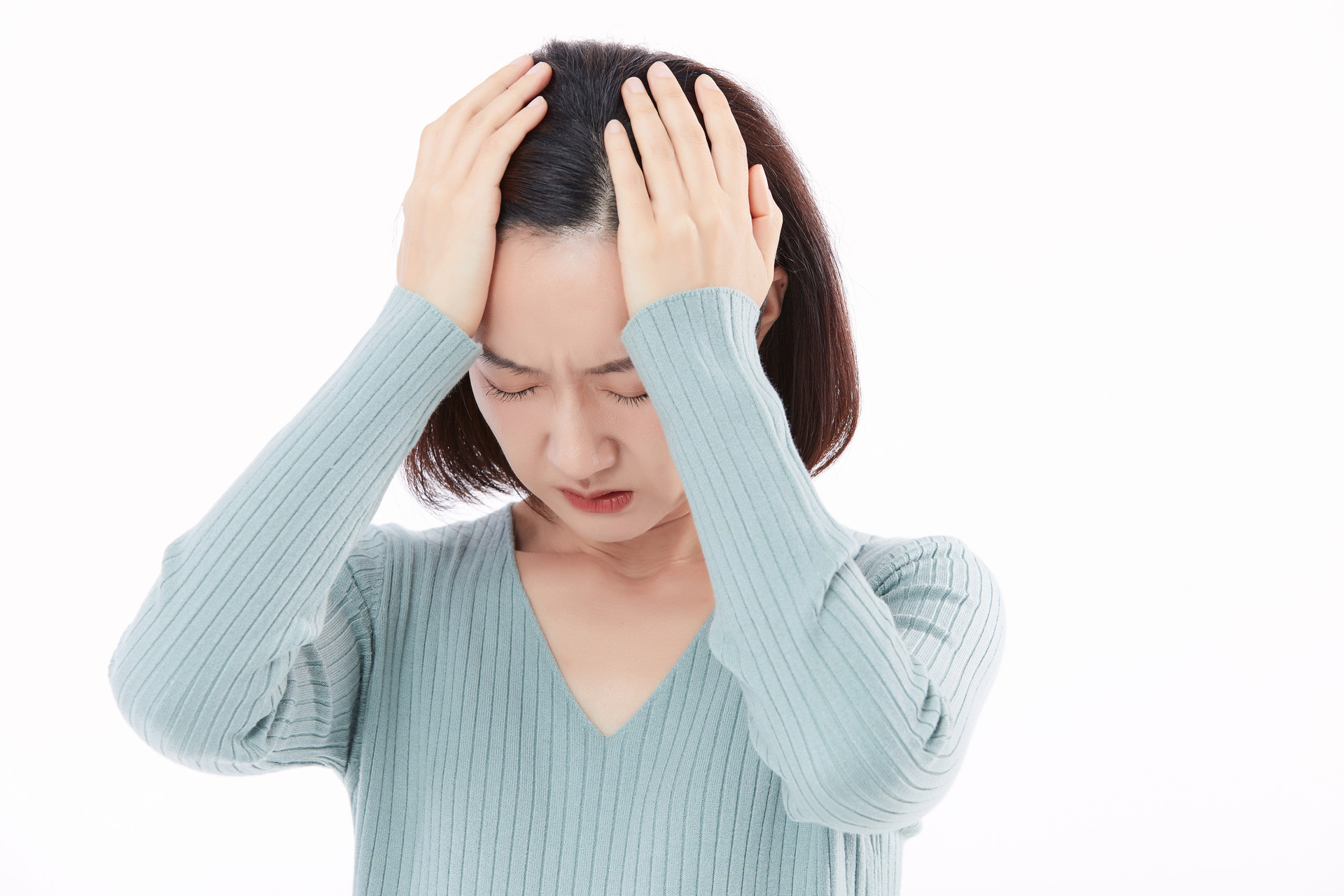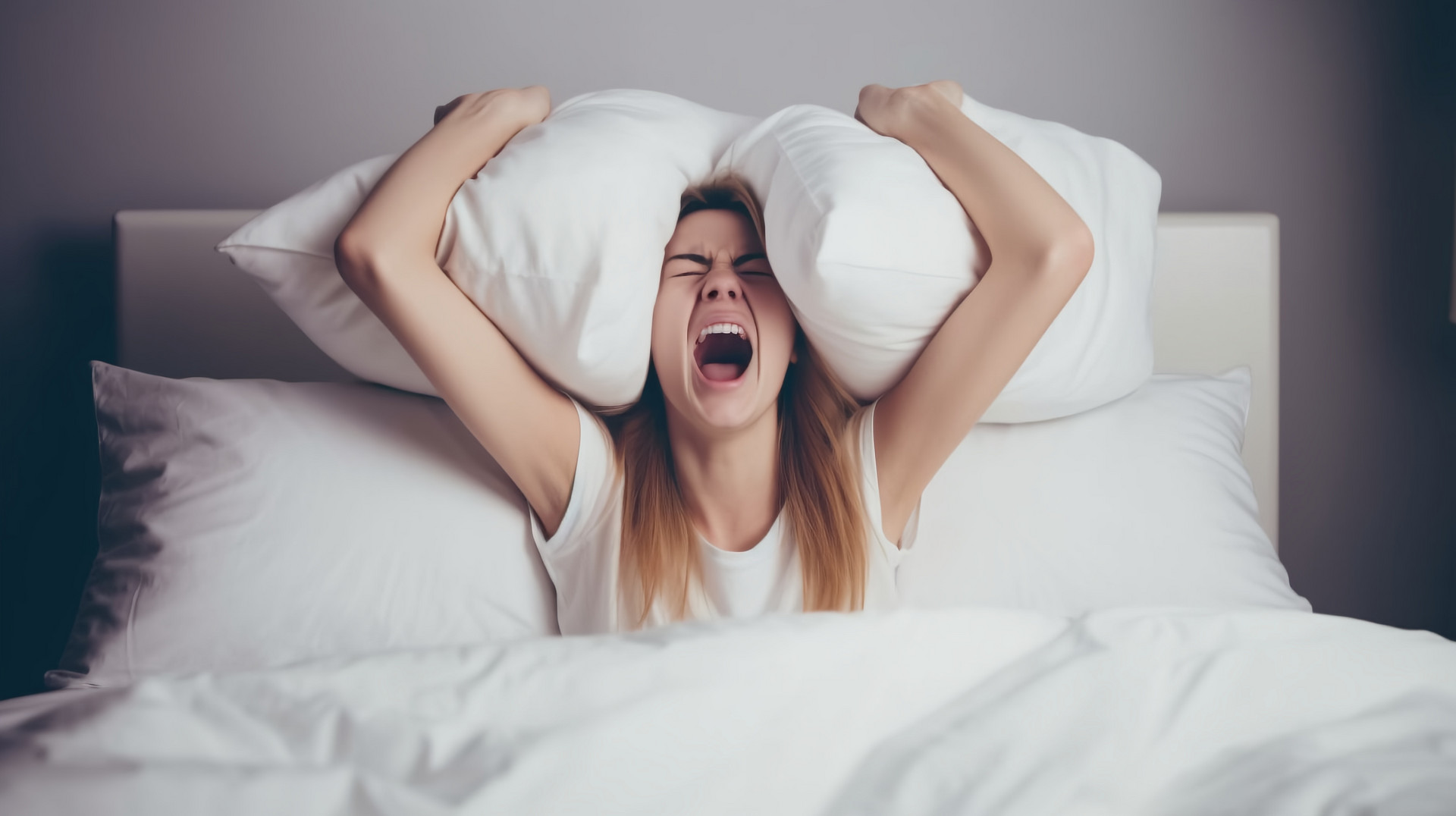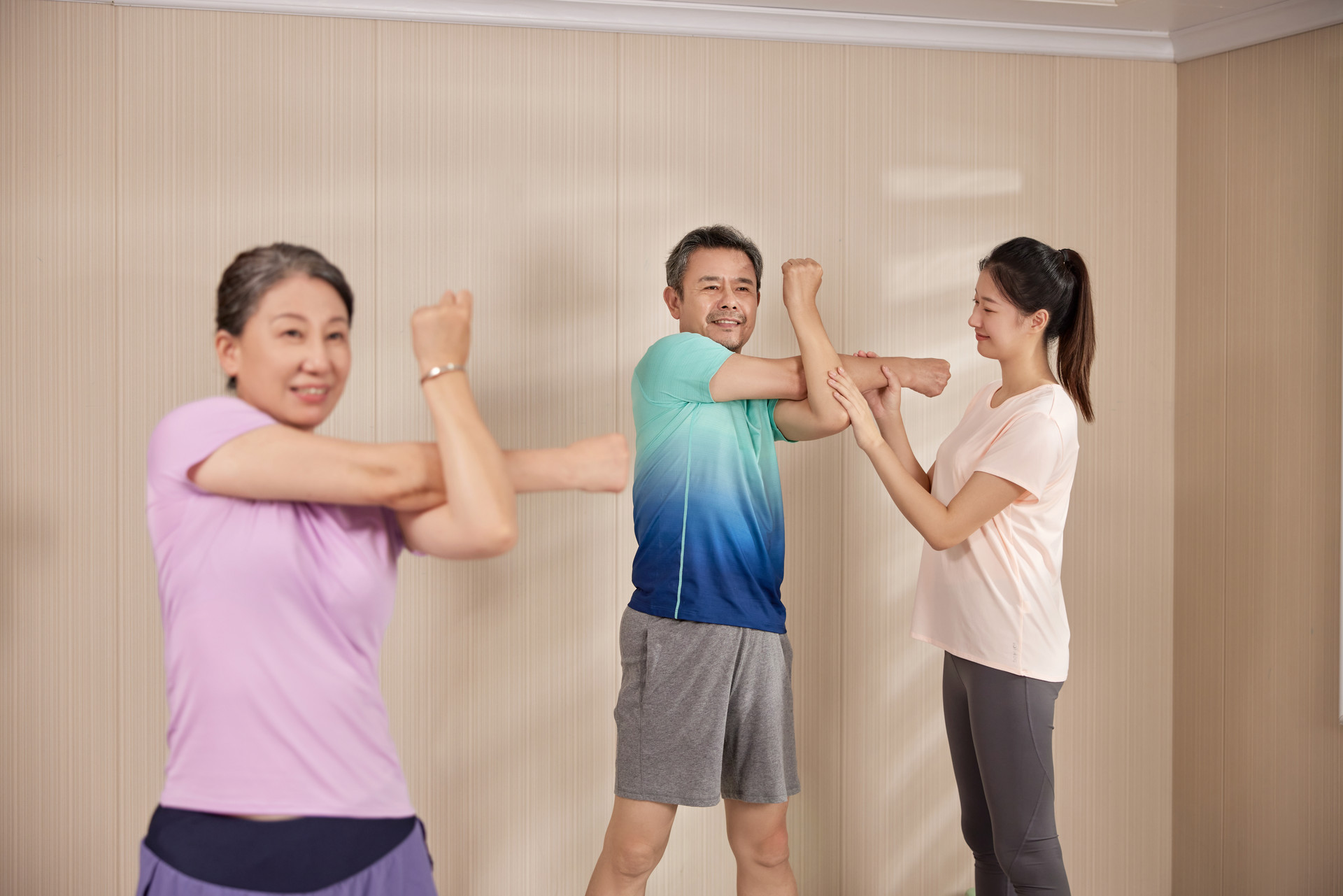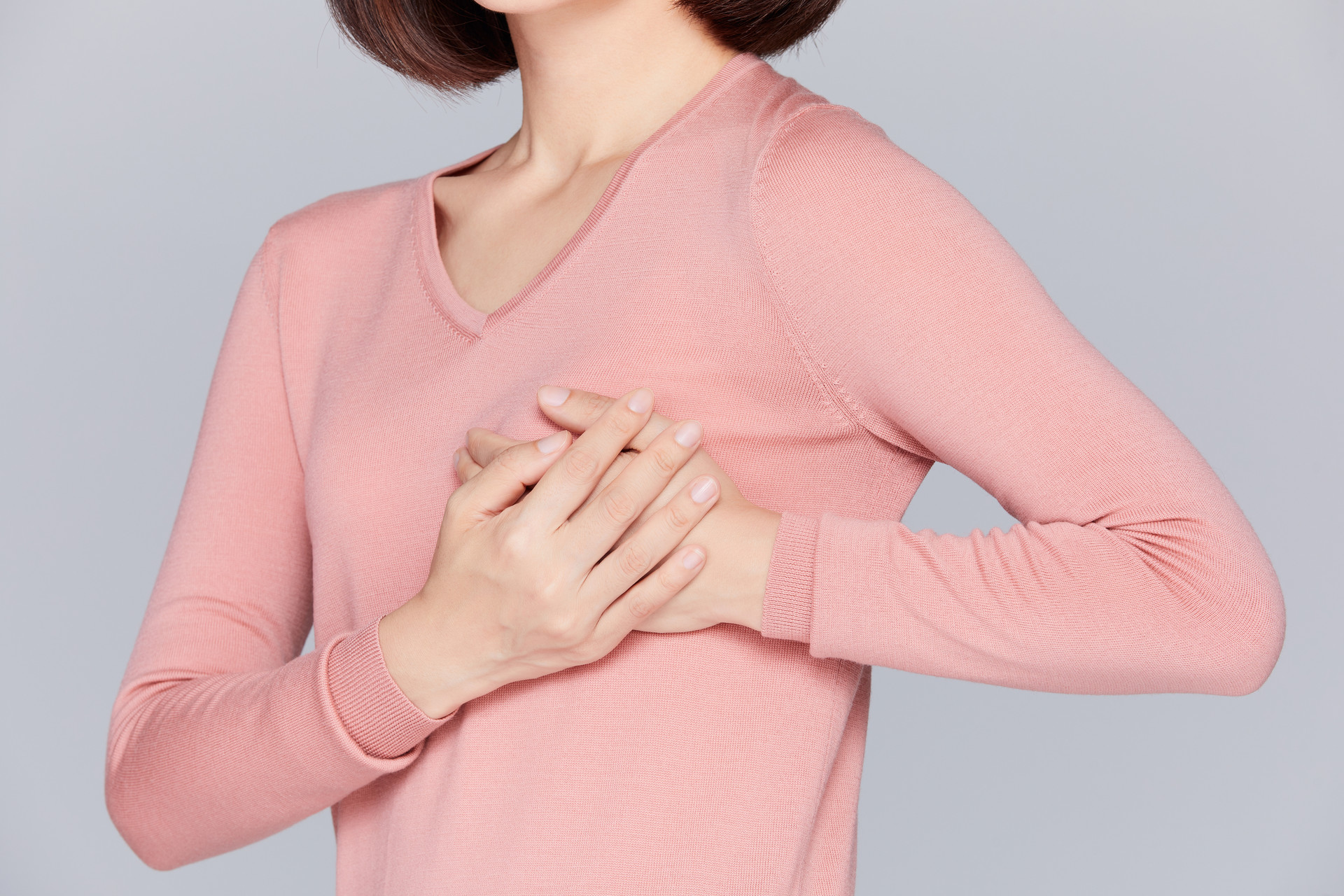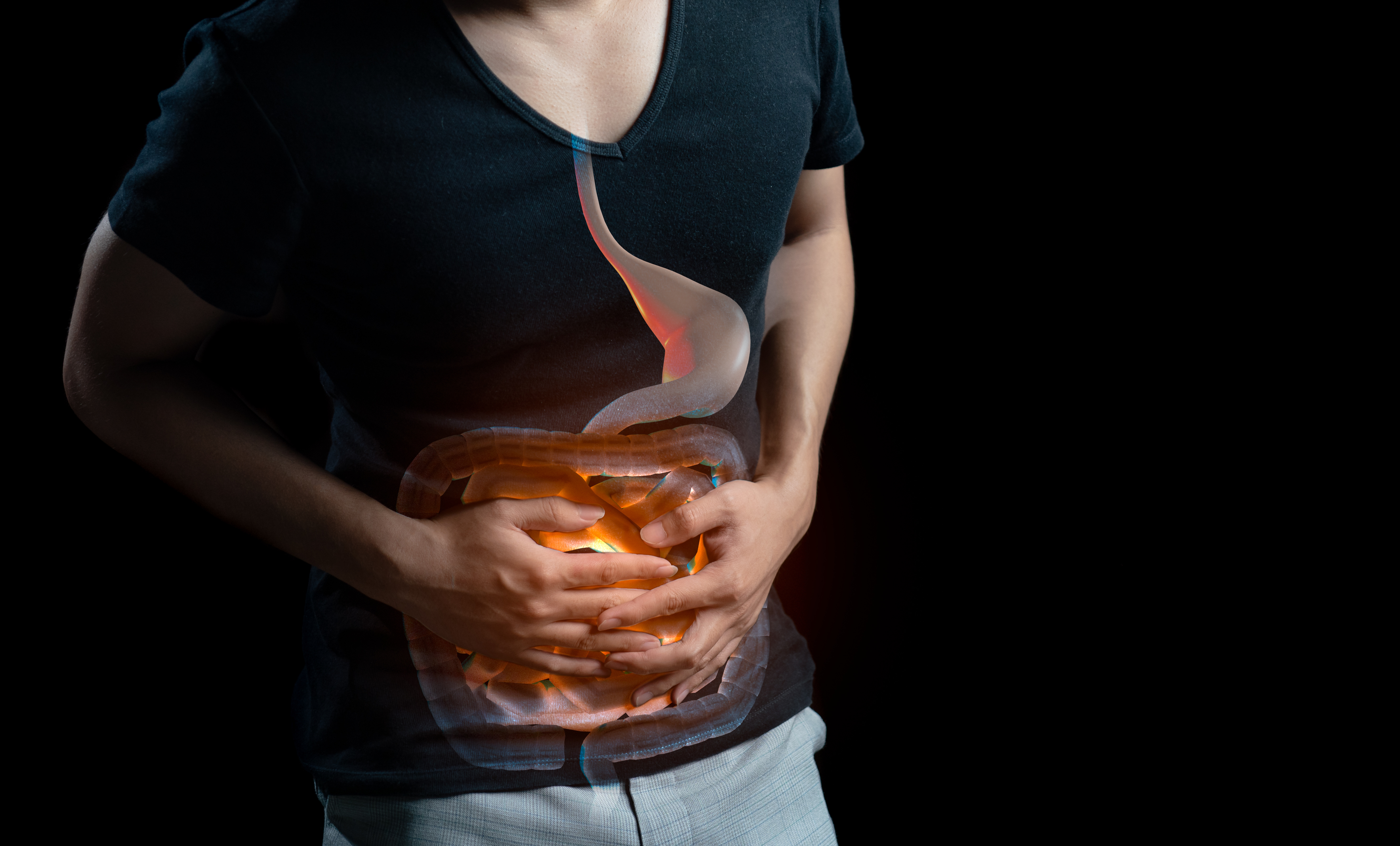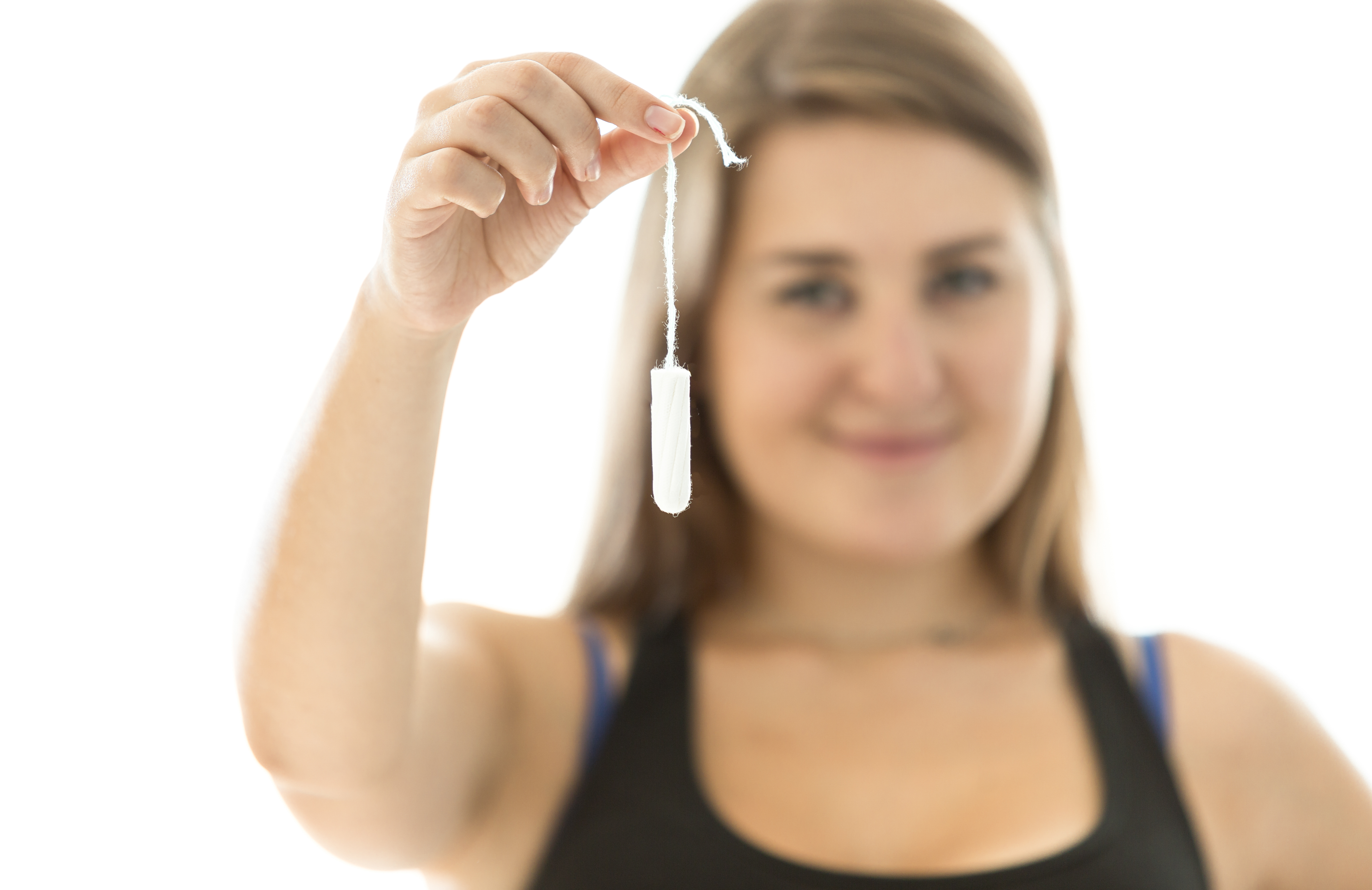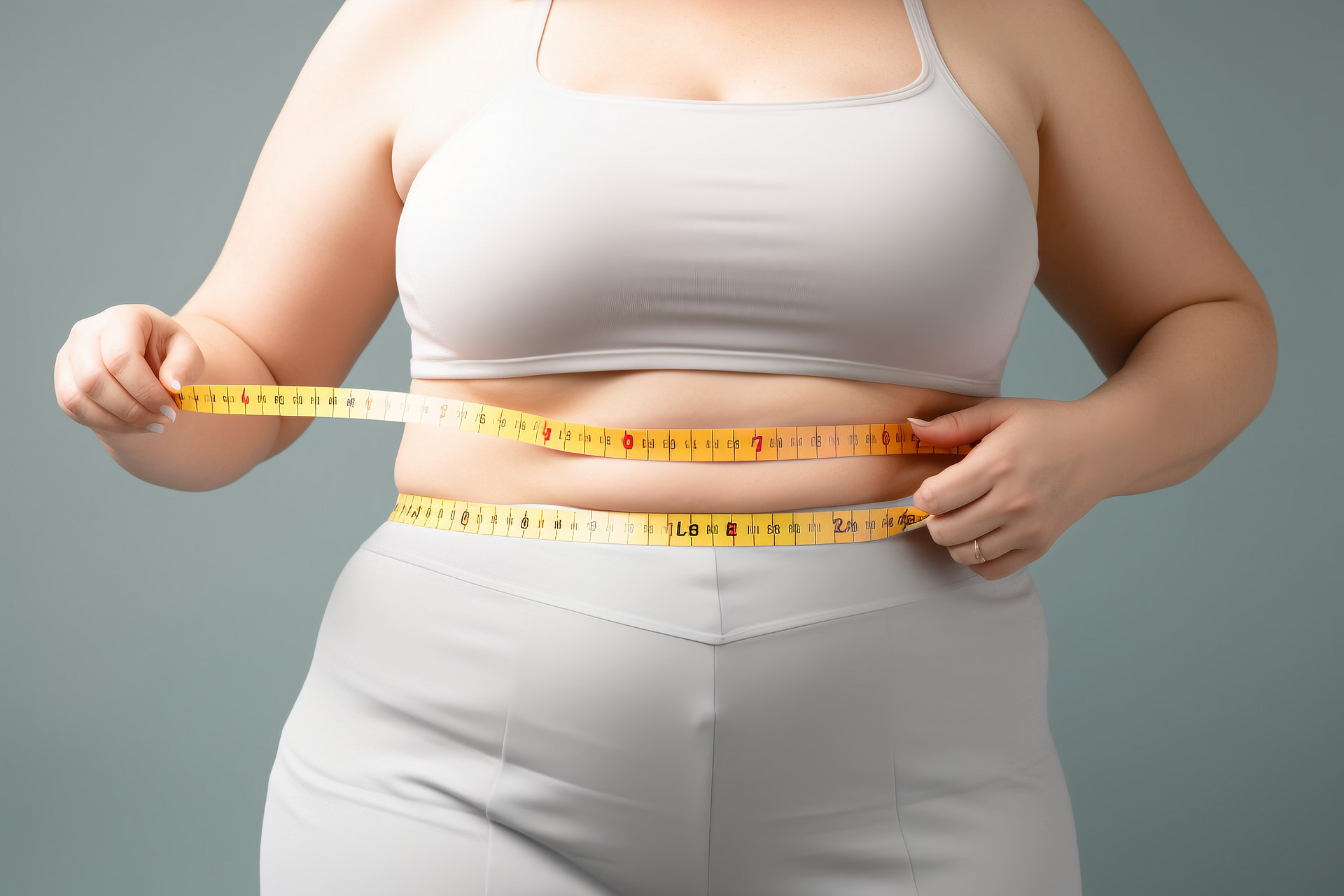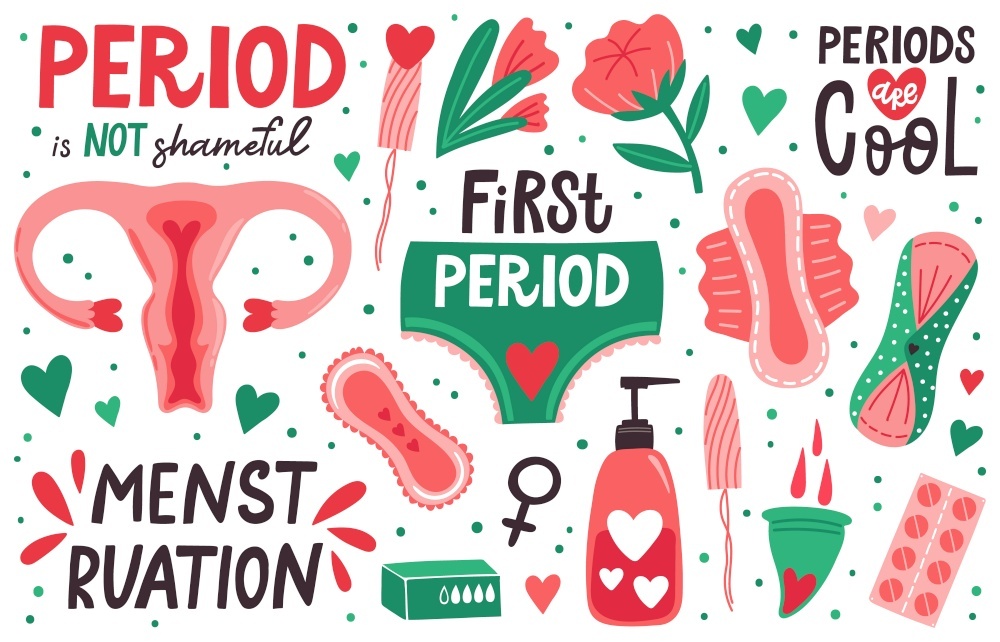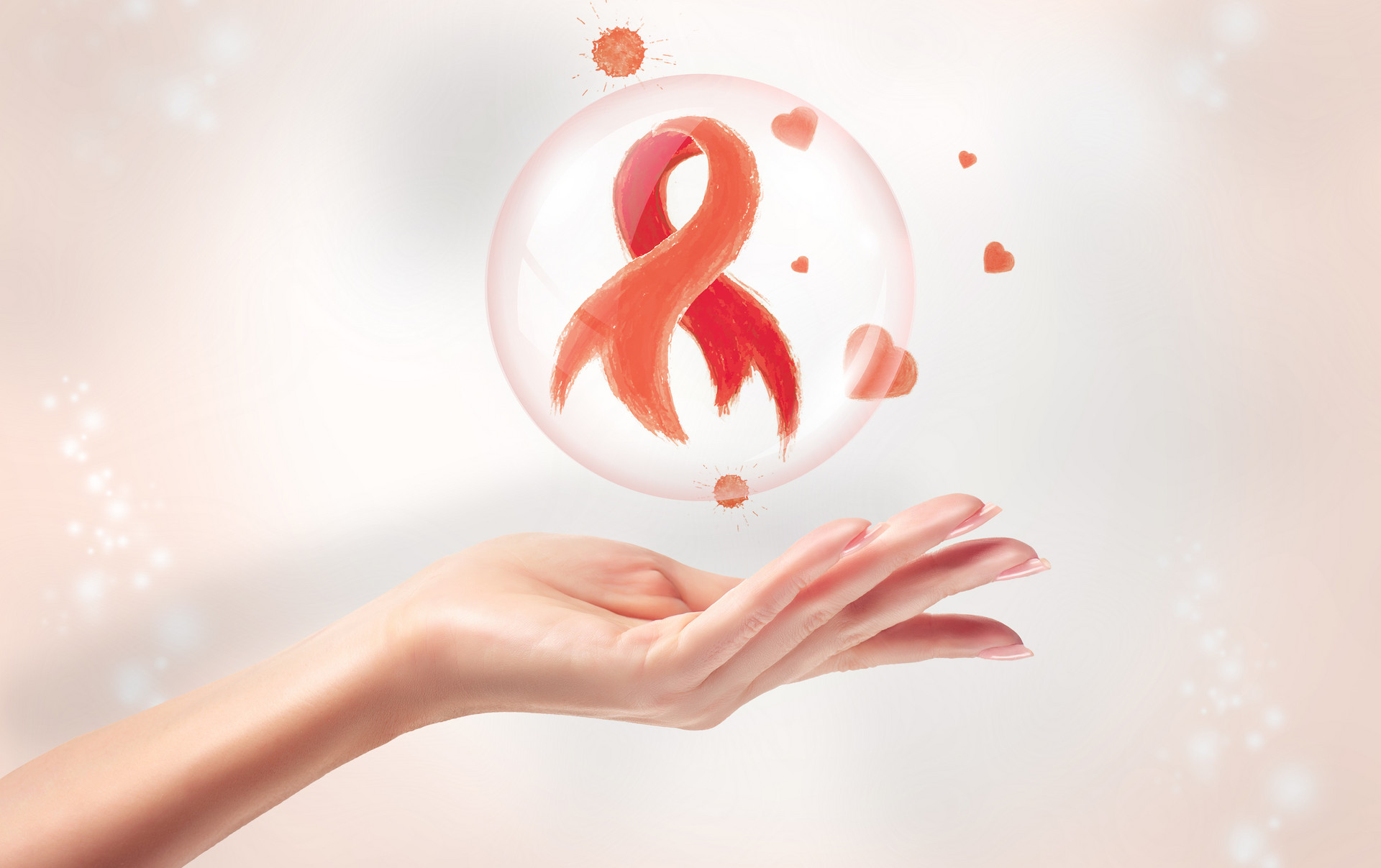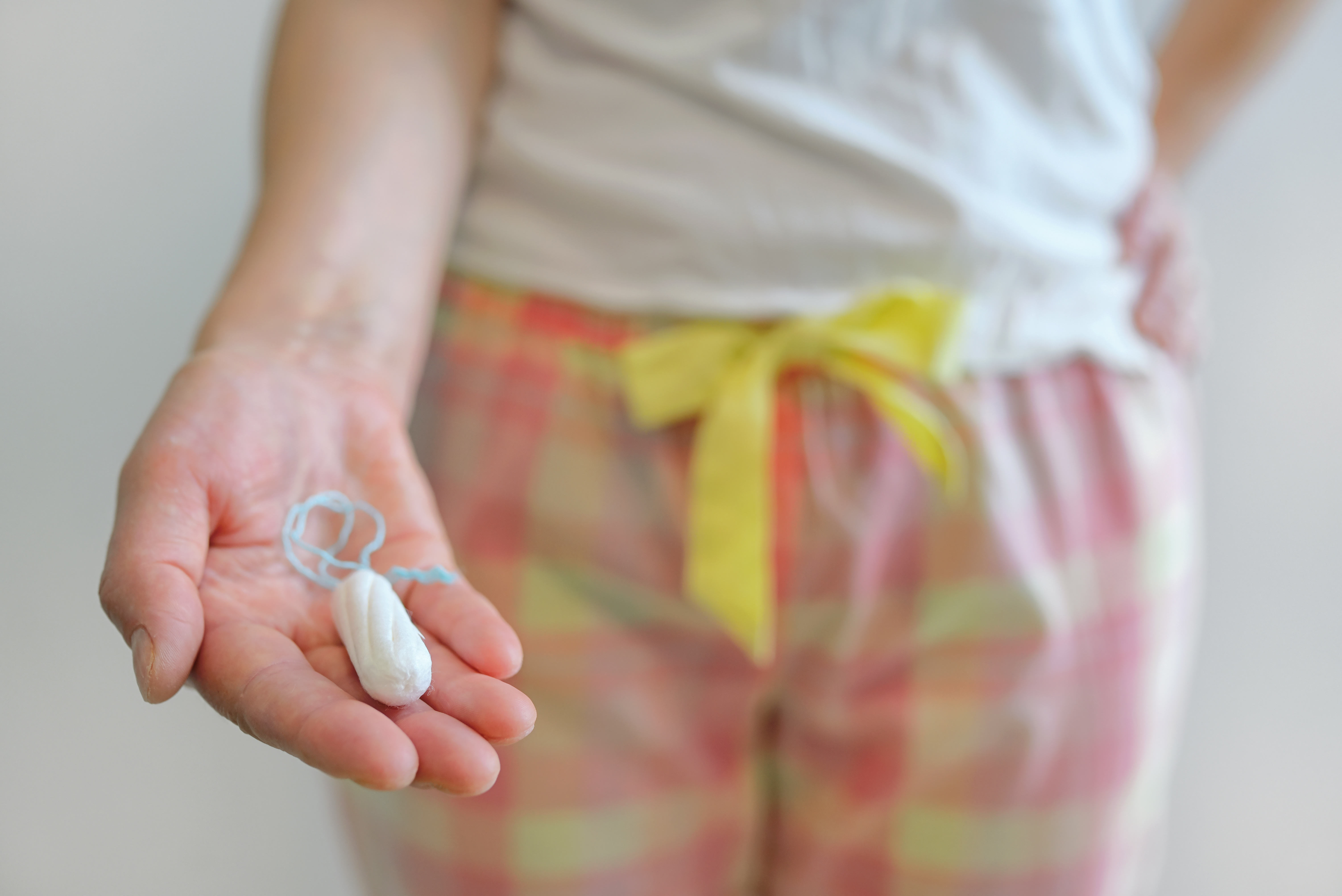The concept of "palace cold" is a concept in traditional Chinese medicine theory, which refers to the coldness of the uterus. For modern women, palace cold can be said to be a common problem, ranging from dysmenorrhea to various gynecological diseases are related to palace cold. So what is palace cold? What are the symptoms of palace cold?
What is Palace Cold?
Palace cold refers to a series of symptoms manifested by the deficiency of kidney yang in women, resulting in the lack of warmth in the uterus.
Palace cold is a disease name in traditional Chinese medicine theory, which cannot correspond to specific diseases in Western medicine. However, some common acute and chronic gynecological inflammations in Western medicine can be treated and regulated with the theory of palace cold, and good results have been achieved in clinical practice.
In an academic paper, researchers in a university wrote: the main manifestations of palace cold are lower abdomen or waist coldness or cold pain, which is relieved by heat and often has a significant correlation with the menstrual cycle.
In another paper: "Clinical palace cold mostly refers to a class of diseases caused by external cold evil or internal cold stagnation in the uterus due to the deficiency of spleen and kidney yang in the body, leading to impaired function of the uterus and resulting in dysmenorrhea, late menstruation, scanty menstruation, amenorrhea, infertility, and other diseases."
"Clinically, there are often lower abdominal cold pain, pain relieved by heat, cold limbs and aversion to cold, or lumbosacral weakness or waist pain like breaking, pale and tasteless mouth, shortness of breath and fatigue, insomnia and frequent dreams, nocturia or urinary incontinence, loose stools, abundant and thin vaginal discharge, low sexual desire, swollen face and limbs, or obesity, abdominal pain during menstruation, and dark clots in the menstrual blood."
Symptoms of Palace Cold
1. Cold hands and feet
2. Infertility
3. Various gynecological diseases
4. Frequent urination at night, clear and long urine
5. Menstrual disorders and dysmenorrhea
6. Chloasma, dark circles under the eyes, dark yellow complexion, poor complexion
7. Backache, weak legs, rapid decline of physical function, slow metabolism
8. Obesity, body shape deformation
Methods of Warming the Palace in Traditional Chinese Medicine
1. Strengthen exercise
Exercise can enhance blood circulation. Women with palace cold constitution need more exercise to improve their physical condition and warm up their bodies. Women in the office who sit for long periods of time should get up and move around to circulate blood and move the meridians.
2. Adjust diet
Eat more nourishing and warming foods, such as walnuts, dates, peanuts, black beans, longan, and ginger. There are also some soups that warm the kidneys, strengthen yang, and warm the body, such as mutton soup and chicken soup.
3. Chinese medicine foot bath
Boil water with mugwort leaves, cinnamon, and peppercorns. Boil for 3 to 5 minutes, then cool to a suitable temperature and soak your feet. It has the effects of warming the kidneys, dispelling cold, warming the meridians, and promoting blood circulation.
4. Moxibustion therapy
Moxibustion on appropriate acupoints can warm the uterus and dispel cold, such as the Shenque and Baihui acupoints, or moxibustion on the Qihai acupoint located 1.5 inches below the umbilicus and the Guanyuan acupoint located 3 inches below the umbilicus. Moxibustion every day has obvious warming effects on the uterus.


